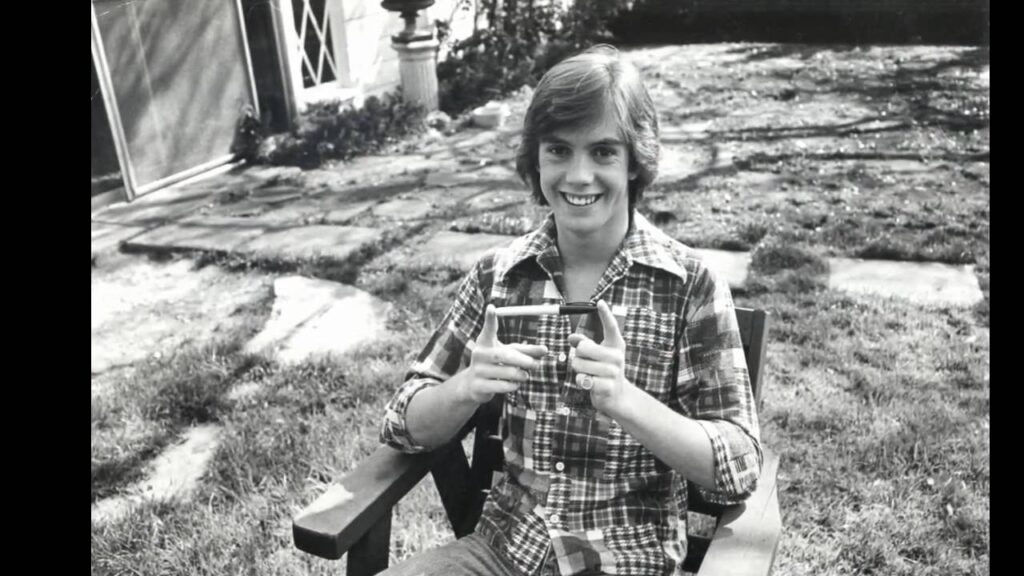
A Pop Idol’s Mirror: The Sound of Innocence Teetering on the Edge of Disillusion
When Shaun Cassidy released “Teen Dream” in 1979, the title track from his album Teen Dream, it marked a pivotal point in the young heartthrob’s brief but incandescent musical career. Though it failed to ascend the charts with the force of his earlier hits—unlike 1977’s “Da Doo Ron Ron,” which climbed to No. 1—this song revealed a more introspective and ambitious artist emerging from the glossy veneer of teen stardom. “Teen Dream” didn’t simply capitalize on Cassidy’s status as a pop idol—it questioned it, examined it, and subtly mourned what it cost.
At first listen, “Teen Dream” may sound like another confection in the late-70s pop lexicon—a polished, radio-friendly anthem buoyed by sparkling production and Cassidy’s boyish charm. But beneath its melodic shimmer lies something more nuanced: a self-aware reckoning with fame and fleeting youth, delivered by a young man whose image had been carefully sculpted for mass consumption. The very title is double-edged. It references both Cassidy himself—as he was often dubbed “the teen dream” by fan magazines—and the ephemeral fantasy that such idolization represents.
Musically, the track leans into a disco-pop hybrid that was then nearing its zenith. Lush string arrangements and funk-inflected basslines cradle Cassidy’s voice, lending the song a cinematic sweep that suggests both aspiration and artifice. The production choices, helmed under Warner Bros., evoke the era’s hunger for sonic gloss, yet within that sheen lies a yearning—the ache of someone straining to be seen not as an image, but as a person.
The lyrics offer a subtle but telling critique of commodified adolescence: “She’s living in a teen dream / Everything is what it seems / But she don’t know what it means to be free.” The lines, while simple on the surface, carry an undertow of melancholy. They suggest a character trapped within her own idealized projection—a mirror image of Cassidy himself, who was navigating the treacherous waters between teenage iconography and adult artistry. It’s hard not to hear these lyrics as semi-autobiographical; they echo with the disillusionment of a star who had seen behind the curtain too soon.
Culturally, “Teen Dream” serves as a fascinating artifact of its time—a moment when the glossy optimism of 1970s teen pop began to fray at the edges. Cassidy, like contemporaries Leif Garrett and Andy Gibb, was caught in the slipstream between genuine talent and manufactured celebrity. In this track, he delivers not just another love song but an elegy for lost innocence—for himself, perhaps, and for the generation that adored him.
Though it never soared commercially, “Teen Dream” endures as a poignant reflection from an artist on the cusp of transformation. It is a song about longing—not just for love or success, but for authenticity in a world that rarely permits it. That yearning gives the track its lasting resonance and elevates it beyond its bubblegum trappings into something quietly profound.